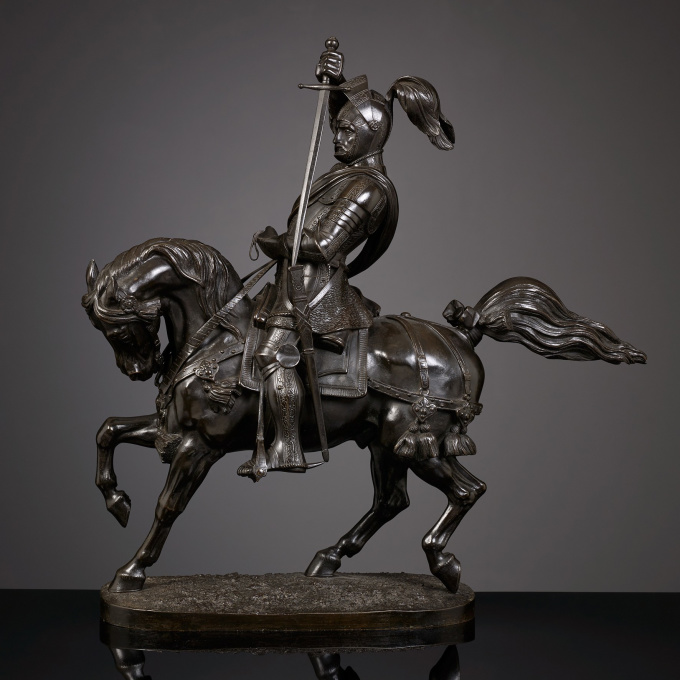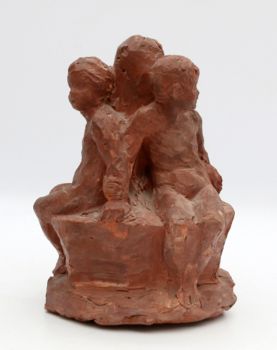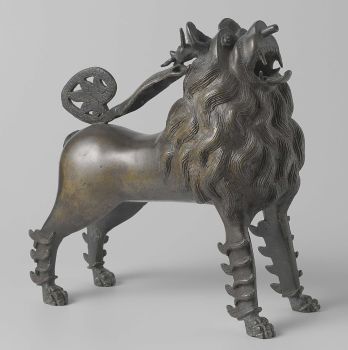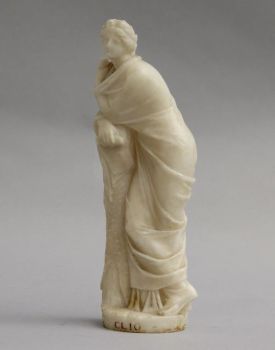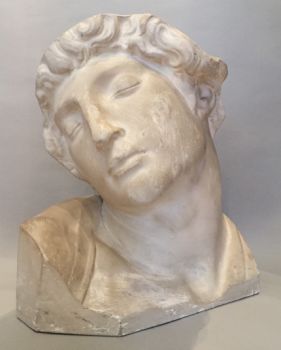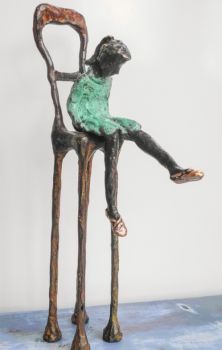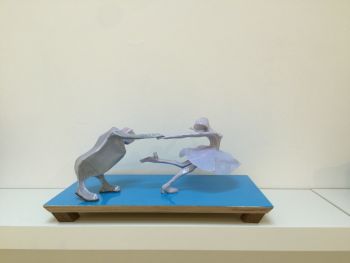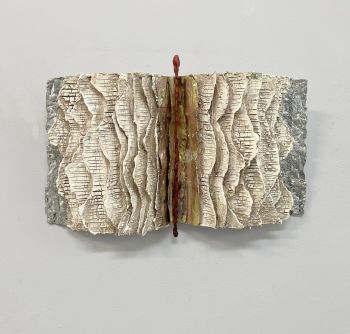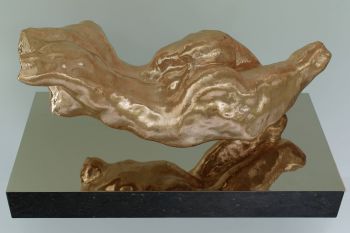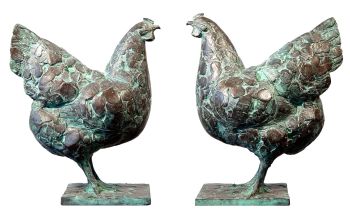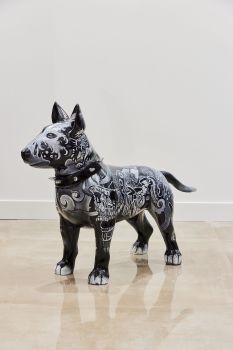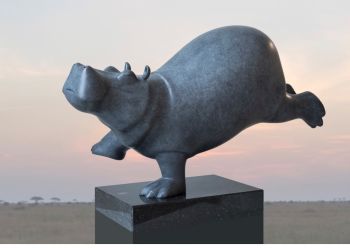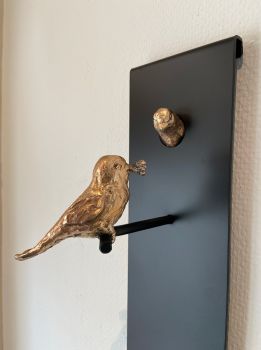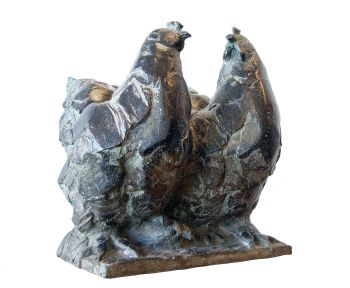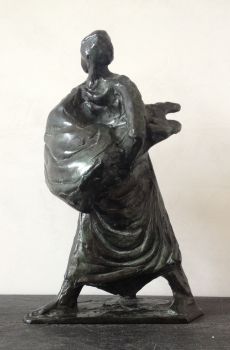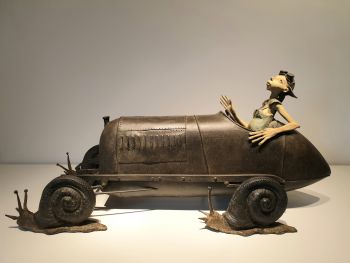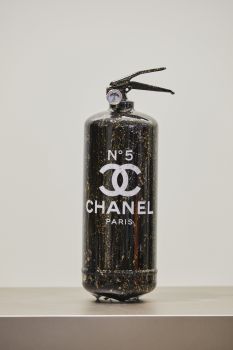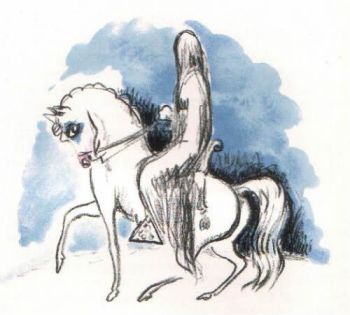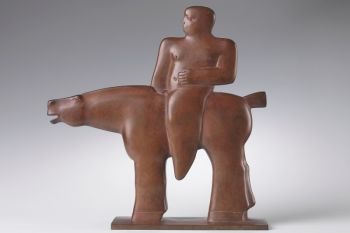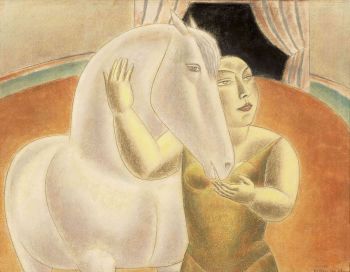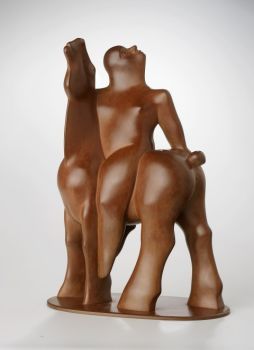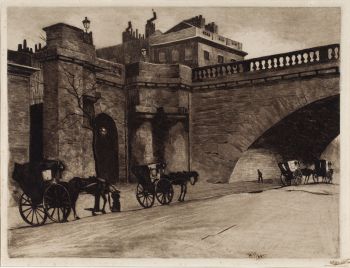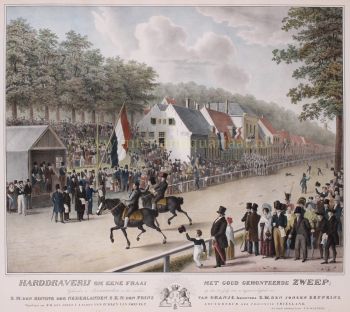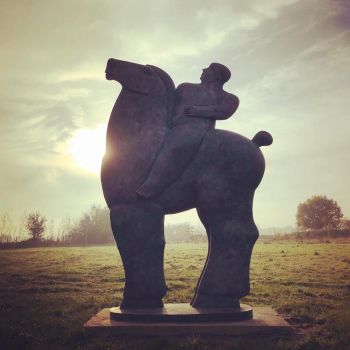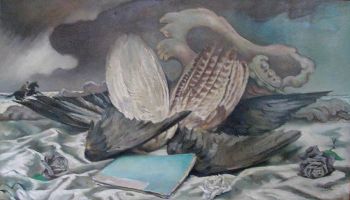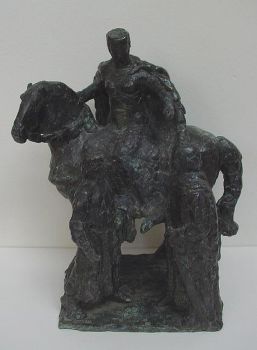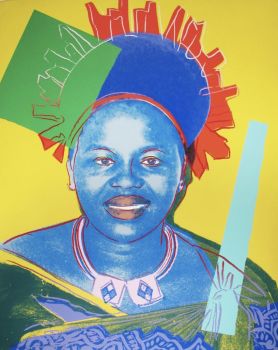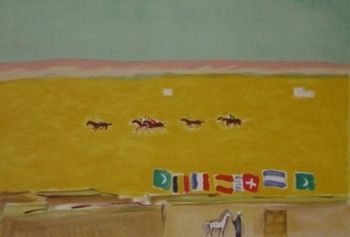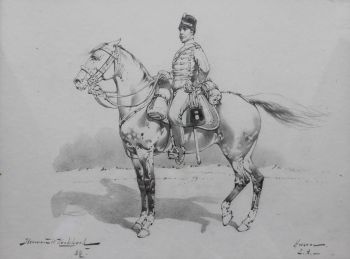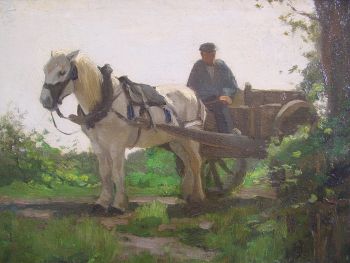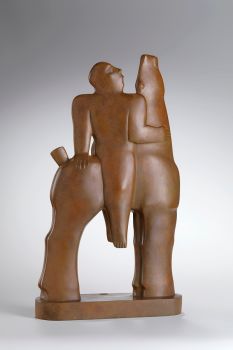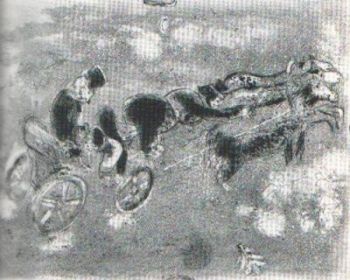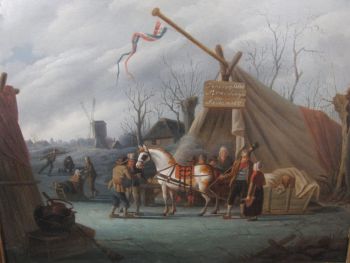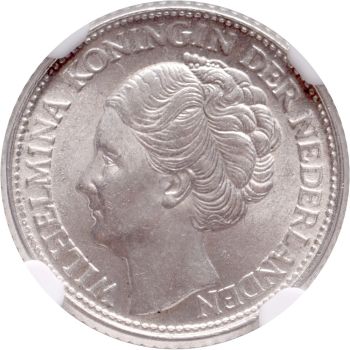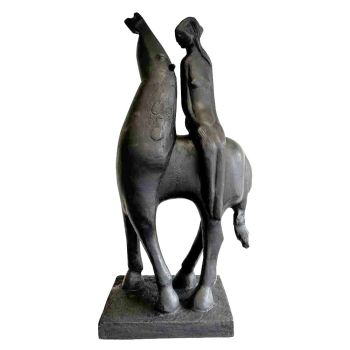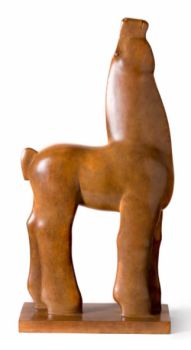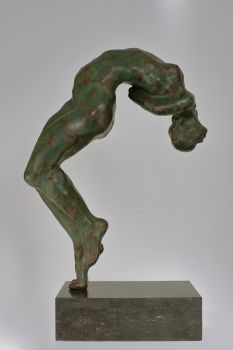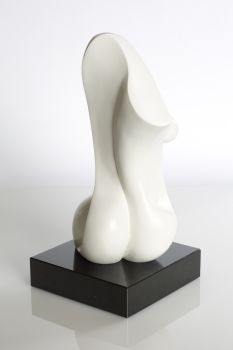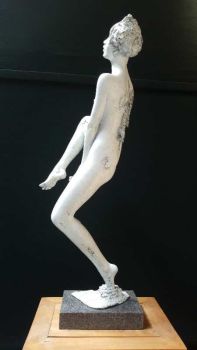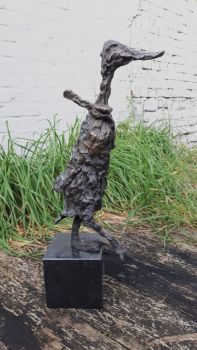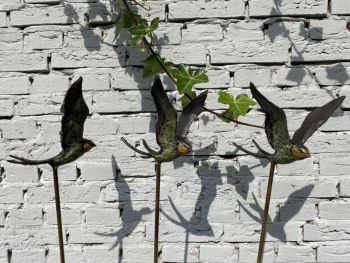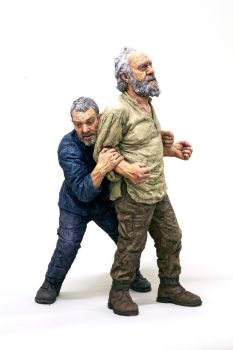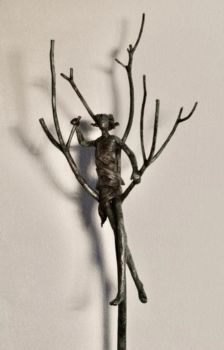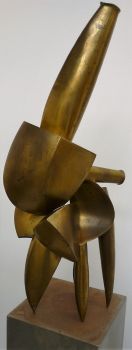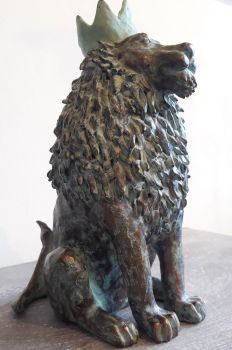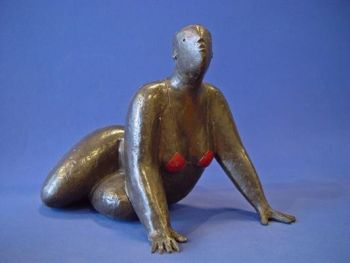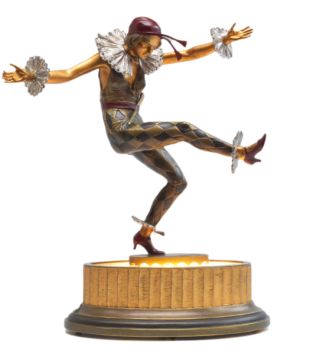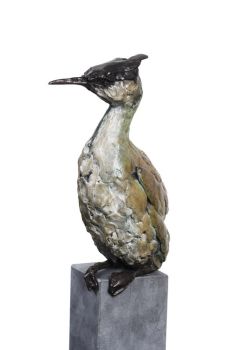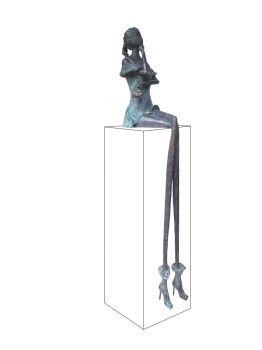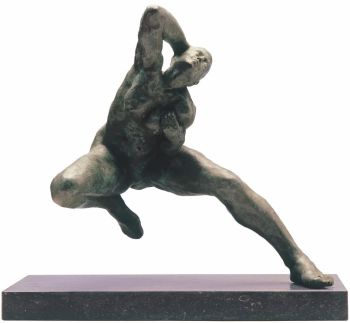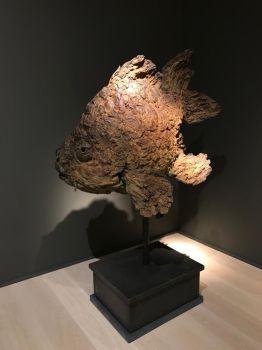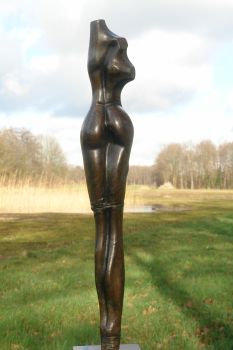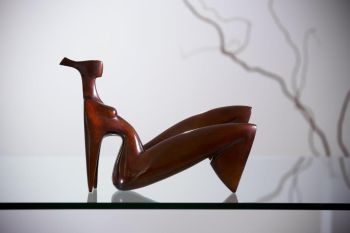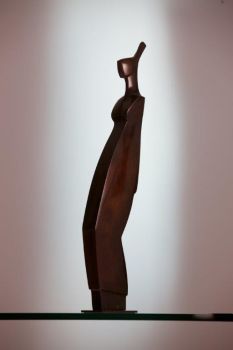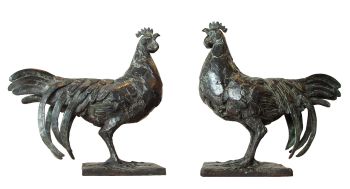Equestrian Statue of Emanuel Philibert de Savoye 1836 - 1840
Carlo Marochetti
BronzeMétal
56 ⨯ 55 ⨯ 26 cm
Actuellement indisponible via Gallerease
- Sur l'oeuvre d'artEmanuel Philibert
Emanuel Philibert duke of Sovay, also called Testa di Ferro (Chambéry 1528 – 1580 Turin), was the only child of Charles III of Savoy and his wife Beatrix of Portugal that survived childhood. Emanuel Philibert succeeded Charles III after his death. In 1536, though, he lost his land under the French occupation. Nevertheless, Emanuel Philibert stayed loyal to the house of Habsburg. In 1551 he lead the defense of Barcelona, withstanding the French and earning his sobriquet “Ironhead”. Later in 1551 Emanuel Philibert was awarded the title duke of Savoy, despite the fact that he did not have a duchy. From 1555 to 1559 Emanuel Philibert was governor of the Austrian Netherlands, in service of his cousin Filips II. Emanuel Philibert duke of Savoy was a contemporary of William of Orange.
Carlo Marochetti (1805 – 1867)
Carlo (Charles) baron Marochetti was born in Turin in 1805, but grew up in Paris as a French citizen. After he finished the Lycée Napoleon Marochetti was educated at the École des Beaux Arts. He also spent some time in Rome. His first tutors in sculpture were François Bosio and Antoine-Jean Gros. From 1829 onwards Marchetti is gaining appreciation. Famous monuments of Marochetti can be found in England (among others, Richard Lionheart near Westminster), France (Théophile de la Tour d’Auvergne in Carhaix) and Italy (Emanuel Philibert on the Piazza san Carlo in Turin).
The commission for the equestriam statue of Emanuel Philibert came from king Charles Albert of Savoy, as a tribute to his ancestor, and to commemorate the military audacity of his dynasty. Marochetti made the statue in 1838 in Paris. It was his first major assignment and his first equestrian statue. Before the statue was put on its intended position in Turin, it was exhibited on the courtyard of the Louvre. This work was the breakthrough of Marochetti as a sculptor. After this assignment others followed, like the equestrian statues of the Duke of Wellington and Richard Lionheart.
The popularity of the statue of Emanuel Philibert led to the production of reduced copies, like this one, as soon as 1838. - Sur l'artisteCarlo Marochetti est né à Turin mais a grandi à Paris en tant que citoyen français. Ses premiers professeurs furent François Joseph Bosio et Antoine-Jean Gros à Paris. Là, sa statue d'une jeune fille jouant avec un chien remporta une médaille en 1829 et son ange déchu fut exposé en 1831. Entre 1822 et 1830, il étudia principalement à Rome. De 1832 à 1848, il vécut en France. A Paris, il réalise un panneau représentant la bataille de Jemappes pour l'Arc de Triomphe, l'autel de l'église de la Madeleine et le tombeau de Vincenzo Bellini au cimetière du Père Lachaise. Alors qu'il vivait à Paris, il a également créé le monument équestre d'Emmanuel Philibert qui se dresse sur une place centrale à Turin. Il suivit le roi de France Louis-Philippe en exil au Royaume-Uni après la chute de la monarchie de juillet en 1848. Il passa la plus grande partie de son temps jusqu'à sa mort à Londres. Il vivait à Onslow Square et possédait un grand studio et sa propre fonderie, à proximité de Sydney Mews. Parmi ses œuvres principales figuraient des statues de la reine Victoria, de Colin Campbell, du 1er baron Clyde (érigé en 1867 à Waterloo Place) et du roi Richard Cœur de Lion. La statue de Richard Coeur de Lion a été exposée dans la Grande Exposition, et une copie en bronze a été réalisée en 1860 pour être exposée devant le Palais de Westminster, où elle est restée depuis. Sa statue de Robert Stephenson (installée en 1871) se dresse toujours dans le parvis de la gare d'Euston. Il a fait un buste de William Makepeace Thackeray pour l'abbaye de Westminster. Il a également créé les effigies gisantes en marbre pour la tombe de la reine Victoria et du prince Albert dans le mausolée royal de Frogmore à Windsor Great Park et la statue sur la colonne commémorative du duc de Wellington à l'extérieur de Stratfield Saye House. À partir de 1864, il collabora avec Sir Edwin Landseer sur les quatre lions de bronze à placer autour de la base de la colonne Nelson à Trafalgar Square, et les coula dans sa fonderie. En tant que sculpteur préféré de la reine Victoria, il a été chargé de réaliser la figure assise du prince Albert pour l'Albert Memorial à Kensington Gardens. Cependant, la première version a été rejetée par l'architecte du monument, Sir George Gilbert Scott, et Marochetti est mort avant qu'une deuxième version satisfaisante puisse être achevée. Marochetti a été créé baron par le roi de Sardaigne et était également chevalier de la Légion d'honneur. Il fut élu associé de la Royal Academy 1861 et académicien à part entière en 1866.
Artwork details
Catégorie
Sujet
Matériel & technique
Couleur
Related artworks
- 1 - 4 / 24
Willem Witsen
Waiting carriages in front of Waterloo Bridge1850 - 1900
Prix sur demandeKunsthandel Pygmalion
1 - 4 / 24- 1 - 4 / 24

